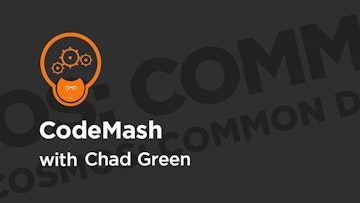
Data in the real world is naturally connected, but traditional data modeling focuses on entities which can cause for complicated joins of naturally connected data. That is where graph databases come in. Graph databases store data in a way that is more similar to what occurs naturally in the real world. There is a lot of talk about using graph databases for social networks, recommendation engines, and Internet of Things (IoT), but using graph databases can also make a lot of sense when working with common business data problems. In this conference talk, Chad Green will help you gain a better understanding of what graph databases...
Read more
Good to know
Save this course
Activities
Career center
Database Designer
Data Architect
Data Engineer
Data Warehouse Architect
Data Scientist
Data Analyst
Information Architect
Business Intelligence Analyst
Systems Analyst
Software Engineer
Database Administrator
Machine Learning Engineer
Data Science Manager
Product Manager
Technical Writer
Reading list
Share
Similar courses
OpenCourser helps millions of learners each year. People visit us to learn workspace skills, ace their exams, and nurture their curiosity.
Our extensive catalog contains over 50,000 courses and twice as many books. Browse by search, by topic, or even by career interests. We'll match you to the right resources quickly.
Find this site helpful? Tell a friend about us.
We're supported by our community of learners. When you purchase or subscribe to courses and programs or purchase books, we may earn a commission from our partners.
Your purchases help us maintain our catalog and keep our servers humming without ads.
Thank you for supporting OpenCourser.


